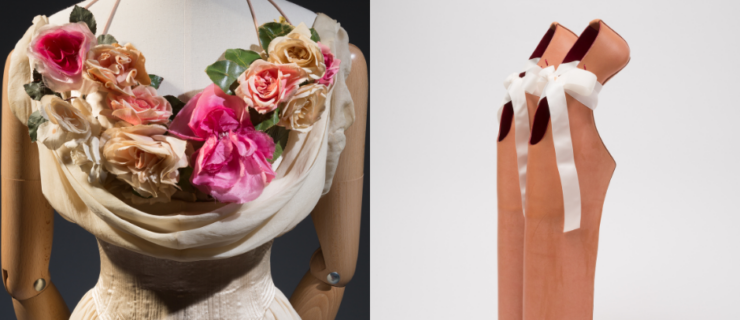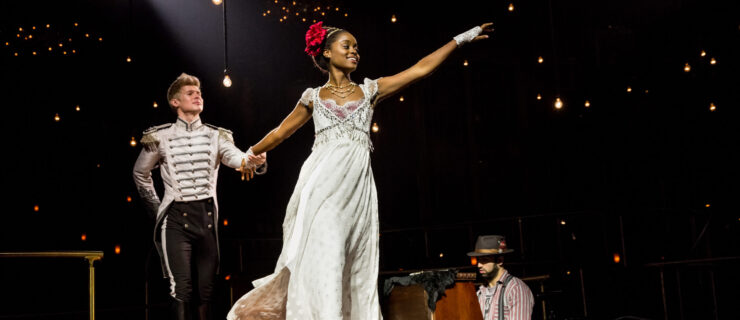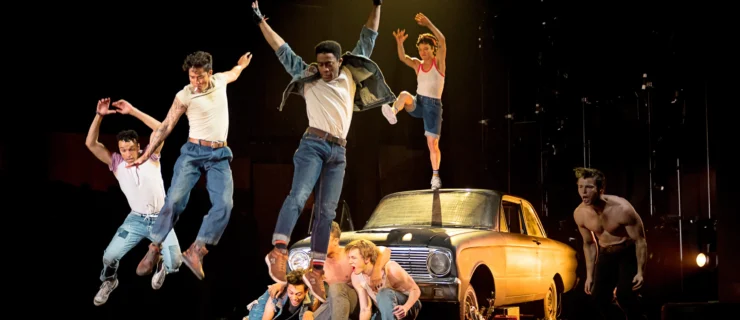Ballet de Santiago – 2000
Ballet de Santiago
Teatro Municipal
Santiago, Chile
April 13?18, 2000
Reviewed by Lester Tome
Has Kenneth MacMillan?s Manon ever been performed simultaneously by three different companies? Presentations of this masterpiece by The Royal Ballet in London, the Kirov Ballet in St. Petersburg and the Ballet de Santiago in Chile during the first two weeks of April set a possible record. Going on with statistics, we can say that this performance of Manon was the first in Latin America and that the Chilean company is only the tenth worldwide to add MacMillan?s choreography to its repertory.
This premiere seems to signal the end of a troubled period for the Ballet de Santiago. In September 1999, most of its dancers went on strike, demanding better working conditions and better treatment from management; they had no performances during the rest of the year. Last January, the ensemble?s artistic director, Ivan Nagy, resigned for artistic reasons. Nagy had begun the staging of Manon before the strike, but it was finished under the guidance of Ricardo Bustamante, the company?s next artistic director.
MacMillan?s principle, that classical dance is a vehicle for the exhibition of drama, is the same aesthetic shared by the Ballet de Santiago, where British choreography is very well represented. The new work fit right in with the company?s repertoire. The audience at Teatro Municipal was attracted by the sensual and melodramatic story of Manon, but beyond that, by the way MacMillan combined the histrionic realism of a theater play with the splendor of an opera ballet. The fluidity and lyricism of the choreographer?s style, especially in the four noted pas de deux, increased the fascination of the Chilean audience.
As if the supervision of MacMillan?s longtime assistant, Monica Parker, in the staging of the ballet had not been enough, this production of Manon starred a Royal Ballet principal dancer, Viviana Durante, who had learned the lead role directly from the choreographer. The participation of both women and the experience of Bustamante, who danced the part of Des Grieux in his days at American Ballet Theatre, insured fidelity to the original 1974 choreography.
Durante?s Manon fulfilled all expectations. As the delightful girl of the first scene, she gained not only Des Grieux?s heart but also ours. In the second act, she became a monstrous creature whose hunger and impudence inspired violent repulsion. Finally, as a broken and tragic figure, she caused an outpouring of emotion. It is difficult to say what to admire most in Durante?her dancing or her acting.
Aleksandar Antonijevic, from the National Ballet of Canada, gave a soft and naive air to his Des Grieux. He portrayed the character through the dance?s inherent expressiveness, but remained pale next to Durante. Nevertheless, the classical elegance of his dance yielded delight.
Lescaut and his Mistress were danced by local artists Miguel Angel Serrano and Natalia Berríos. Serrano showed a suicidal bent in the stumbles, flyings and fallings of his solo as a drunk. Most impressive was his ability to infuse Lescaut with life and credibility. Serrano is the best character dancer of the Santiago company. Berríos was a sensation as the cheap-perfume prostitute who is Lescaut?s mistress. She is the kind of dancer who often suffers from nervousness, but this time she invaded the stage with firm attack.
The Ballet de Santiago?s principal dancers Marcela Goicochea and Luis Ortigoza, both natives of Argentina, headed a second cast. Goicochea is known for her dramatic talent, which she used to construct a detailed picture of a Manon whose lack of scruples clearly triumphed over her conscience. Ortigoza, with his beautiful line and strong technique, is making a career as one of the best male dancers in South America. He offered a passionate characterization of Des Grieux, and emphasized his disagreement with the tricks of Lescaut?s siblings. In the first pas de deux, the couple?s movements were vague, but they navigated with eloquence and ease through the following duets.
Berríos and Cesar Morales led a third cast. Berríos?s rendering of Manon was not as bright as her performance of the Mistress in the previous two casts. Morales, a promising young dancer, was a Des Grieux definitively in love, who delighted us with the grace and virtuosity of his solos.
The Ballet de Santiago chose Peter Farmer?s designs over the original sets and costumes created for The Royal Ballet. Farmer?s attire allows a lighter dance and is more economical.
Rodolfo Fischer conducted the Santiago Philharmonic Orchestra of the Teatro Municipal.




